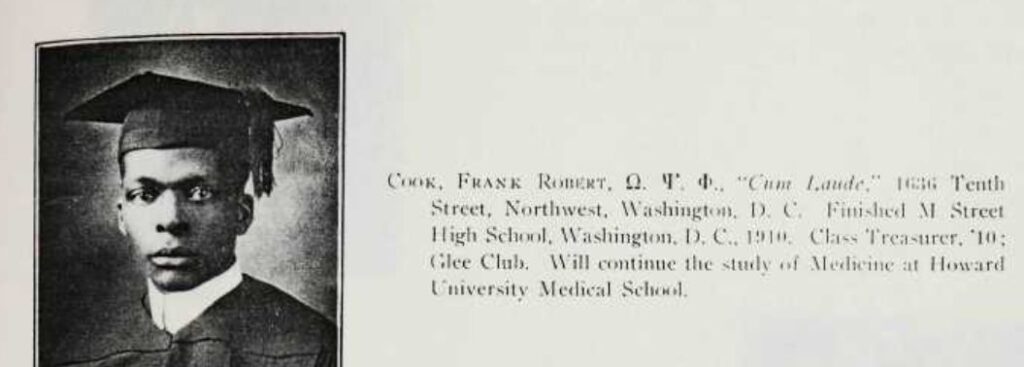This is a series regarding Shaw resident Carter G. Woodson’s book The Mis-Education of the Negro.
Last year I reviewed this book and I’m updating those posts.
I understand Woodosn was a man of his time and the challenges of what was being taught in the public school system and in Black colleges were real. There are new challenges, but I’m going to ignore them because they make me steaming mad. That challenge then, 100 years ago, was an education system dismissed the Negro (I’m going to use his words) and the African.
“At a Negro summer school two years ago, a white instructor gave a course on the Negro, using for his text a work which teaches that whites are superior to the blacks. When asked by one of the students why he used such a textbook the instructor replied that he wanted them to get that point of view. Even schools for Negroes, then, are places where they must be convinced of their inferiority. “
So that was a problem.
“Practically all of the successful Negroes in this country are of the uneducated type or of that of Negroes who have had no formal education at all. The large majority of the Negroes who have put on the finishing touches of our best colleges are all but worthless in the development of their people.”
It doesn’t really get any better. He pretty much considers the Black college graduate useless.
“The Negro children, as a rule, come from the homes of tenants and peons who have to migrate annually from plantation to plantation, looking for light which they have never seen. The children from the homes of white planters and merchants live permanently in the midst of calculations, family budgets, and the like, which enable them sometimes to learn more by contact than the Negro can acquire in school. Instead of teaching such Negro children less arithmetic, they should be taught much more of it than the white children, for the latter attend a graded school consolidated by free transportation when the Negroes go to one-room rented hovels to be taught without equipment and by incompetent teachers educated scarcely beyond the eighth grade.”
I have no doubt whatsoever that 100 years ago Black schools lacked equipment. The one room school house or ‘rented hovel’ as Woodson puts it, Continue reading Carter G. Woodson- Mis-Education of the Negro- Chapter 1: The Seat of Trouble



